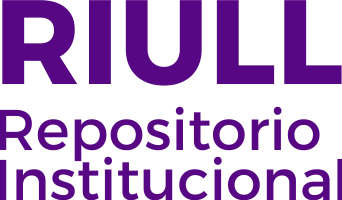In vivo quantitative proteomics for the study of oncometabolism.
Date
2014Abstract
The active reprograming of cellular metabolism is a primary driver of oncogenesis and a
hallmark of established neoplastic lesions. Much of this reprogramming depends on the
expression levels and posttranslational modifications (PTMs) of metabolic enzymes.
Stable isotope labeling of amino acids in culture (SILAC) is an amino acid-based labeling
technique that can be used both in vitro and in vivo to comparatively assess the levels
and PTMs of proteins. To this aim, SILAC-labeled cell lysates can be spiked into each
sample as a standard, followed by the analysis of specimens by mass spectrometry
(MS). Combined with appropriate protocols for the lysis and preparation of samples
for MS, this technique allows for the accurate and in-depth quantification of the proteome
of a wide variety of cell and tissue samples. In particular, SILAC can be employed to
infer the metabolic state of neoplastic lesions and obtain a profound understanding of
the proteomic alterations that accompany oncogenesis and tumor progression. Here, we describe a proteomic approach based on SILAC, high-resolution chromatography
and high-accuracy MS for comparing levels and phosphorylation status of proteins
between the samples of interest. This method can be applied not only to the proteomic
study of oncometabolism in murine tissues, but also to the study of cellular samples and
human specimens.





